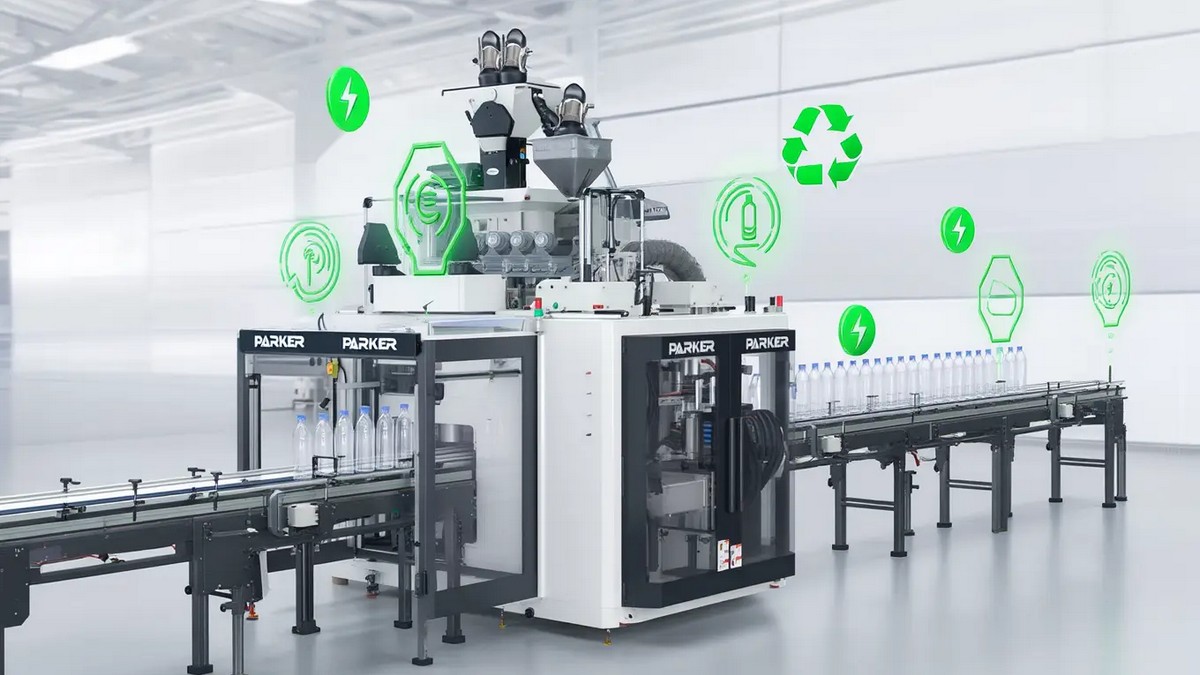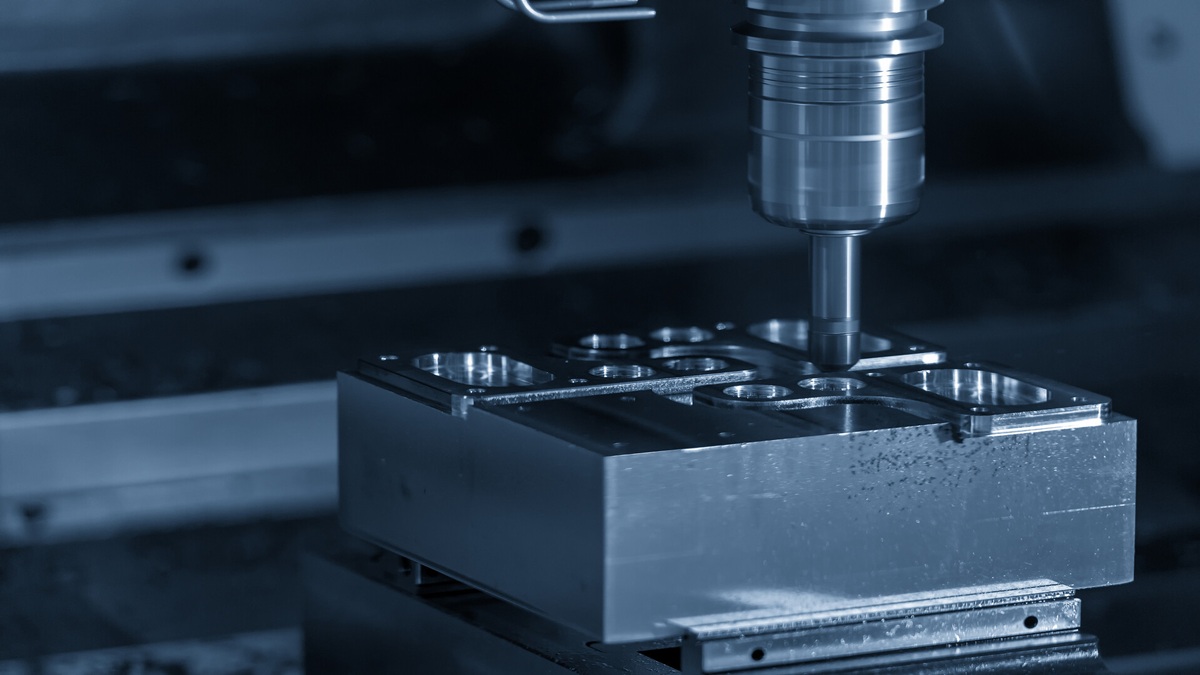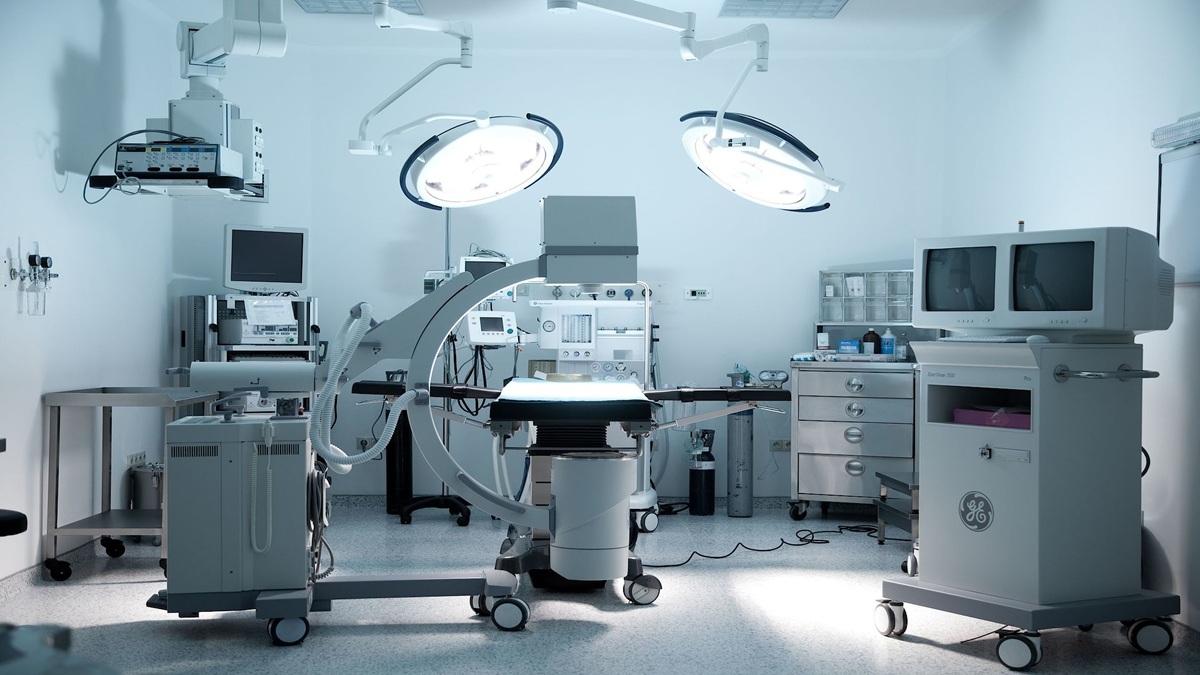Remanufactured laser printer cartridges present a viable, eco-friendly alternative to traditional OEM cartridges, offering both environmental and economic benefits. Through innovations in remanufacturing technology and improvements in quality standards, these cartridges provide a sustainable choice for high-quality printing solutions.
The Origins of Laser Printing and Remanufactured Cartridges
Laser printing, introduced in the 1970s, revolutionized document printing, providing high-speed, high-quality output. Initially, laser printer cartridges were designed for single use, leading to a significant environmental footprint due to plastic and chemical waste. However, the growing awareness of environmental issues in the 1990s spurred interest in remanufacturing cartridges. This shift not only addressed environmental concerns but also offered a cost-effective alternative to original equipment manufacturer (OEM) cartridges.
The remanufacturing industry faced challenges early on, including difficulties in achieving consistent quality and compatibility with a wide range of printer models. Over time, however, advancements in remanufacturing technology have addressed these issues, transforming remanufactured cartridges into a viable and reliable choice for millions of consumers and businesses worldwide.
Understanding the Remanufacturing Process
The process of remanufacturing a laser printer cartridge involves several detailed steps aimed at restoring a used cartridge to a functional state that meets or exceeds the original specifications. The process, including what parts are commonly replaced include:
Collection and Inspection
Collection: The process begins with collecting used cartridges from consumers, businesses, or collection agencies.
Initial Inspection: Each cartridge is visually inspected for damage or defects. Cartridges that are damaged beyond repair are typically recycled for parts.
Cleaning
The cartridge is disassembled, and all residual toner is removed using specialized vacuum systems designed to handle fine particles. Components like the drum, wiper blade, and magnetic roller are cleaned with specific solvents or wiped down to ensure no residual toner or debris affects the printing quality.
Replacement of Critical Components
By replacing key components, remanufacturers can offer a product that performs comparably to new cartridges at a reduced cost, benefiting both the environment and the consumer.
Drum Replacement
The drum, a cylindrical roller coated with photosensitive material, is crucial to the printing process because it receives the laser's image and transfers it to paper. It is often replaced due to wear and tear, which can lead to diminished image quality.
Wiper Blade Replacement
This component cleans the drum after each print, removing residual toner. Over time, the blade can wear out or become coated with toner, causing streaks or incomplete cleaning. Replacing it ensures clean operation and prevents streaking or ghosting on prints.
Magnetic Roller
This component charges the toner powder and is responsible for transferring it to the drum. It is replaced to maintain the quality and evenness of toner application, ensure consistent print quality, and prevent defects such as uneven printing or background shading.
Chips and Circuitry
Many modern cartridges use chips that communicate with the printer, such as tracking toner levels and usage. These chips are often replaced to reset the cartridge's print count and ensure compatibility with printers.
Reassembly and Refilling
Toner Refilling
After cleaning and replacing necessary components, the cartridge is refilled with toner. The type of toner used is specific to the cartridge model and printer type to ensure that print quality matches OEM (Original Equipment Manufacturer) standards.
Reassembly
Once filled with toner, the cartridge is reassembled, ensuring all parts are securely and correctly placed.
Quality Testing
The remanufactured cartridge undergoes a series of tests to ensure it meets quality standards. This includes print tests to check for proper alignment, consistent toner distribution, and overall print quality.
Packaging
Once a cartridge passes all tests, it is packaged for sale.
Comparison with OEM Cartridges
OEM cartridges are designed and produced by the printer manufacturer and typically meant for single use. In contrast, remanufactured cartridges offer multiple lifecycles, reusing the plastic casing and metal components, which significantly reduces the need for new materials and energy. Remanufactured cartridges can cost up to 60% less than OEMs and drastically reduce landfill waste and carbon emissions. Many remanufacturers now adhere to quality standards and certifications to guarantee the performance of their cartridges, making them a practical substitute for OEM options.
Pros and Cons of Using Remanufactured Laser Printer Cartridges
Pros
• Cost Savings: Remanufactured cartridges typically cost up to 60% less than OEM cartridges, making them an attractive choice for budget-conscious consumers, large organizations, educational institutions, businesses, and government organizations. This cost-effectiveness allows these groups to reduce printing costs without compromising quality.
• Eco-Friendly: By reusing existing cartridges, remanufacturing helps reduce plastic waste, conserves resources, and decreases carbon emissions.
• Availability for Older Models: Remanufactured cartridges can often be used with older printer models that no longer have OEM cartridges available.
Cons
• Potential Compatibility Issues: Although most remanufactured cartridges meet high standards, some may have compatibility issues if produced by non-certified manufacturers.
• Lower Print Yield: In some cases, remanufactured cartridges may have a slightly lower page yield or print quality compared to OEM counterparts.
Choosing reputable remanufacturers who adhere to strict quality standards can help mitigate these potential downsides.
• Warranty and printer issues if not purchased from a reputable supplier
Global Manufacturing Hubs
Remanufactured cartridges are produced worldwide, with manufacturing hubs in the United States, Europe, and parts of Asia. The availability of skilled labor, precision engineering, and advanced machinery has established Taiwan as a significant and reliable supplier of high-quality remanufactured cartridges.
Established in June 2002, Modest Technology Co., Ltd. has grown to become the largest laser and inkjet printer cartridge remanufacturer in Taiwan, serving the Asia Pacific market and challenging other major markets with its comprehensive range of products.
Cartridge Web, created by General Plastic Industrial Co., Ltd., is a premium supplier of compatible toner cartridges for use in laser printers. Established in 2008, the company leverages its parent company's expertise in plastic injection to manufacture high-quality compatible toner cartridges.
Future Outlook
As the global demand for eco-friendly printing solutions continues to rise, remanufactured cartridges are expected to see sustained growth. Advancements in remanufacturing technology and techniques will likely lead to even higher quality standards, making remanufactured cartridges a preferred choice for many consumers.








.jpg)
.jpg)
.jpg)


.jpg)
